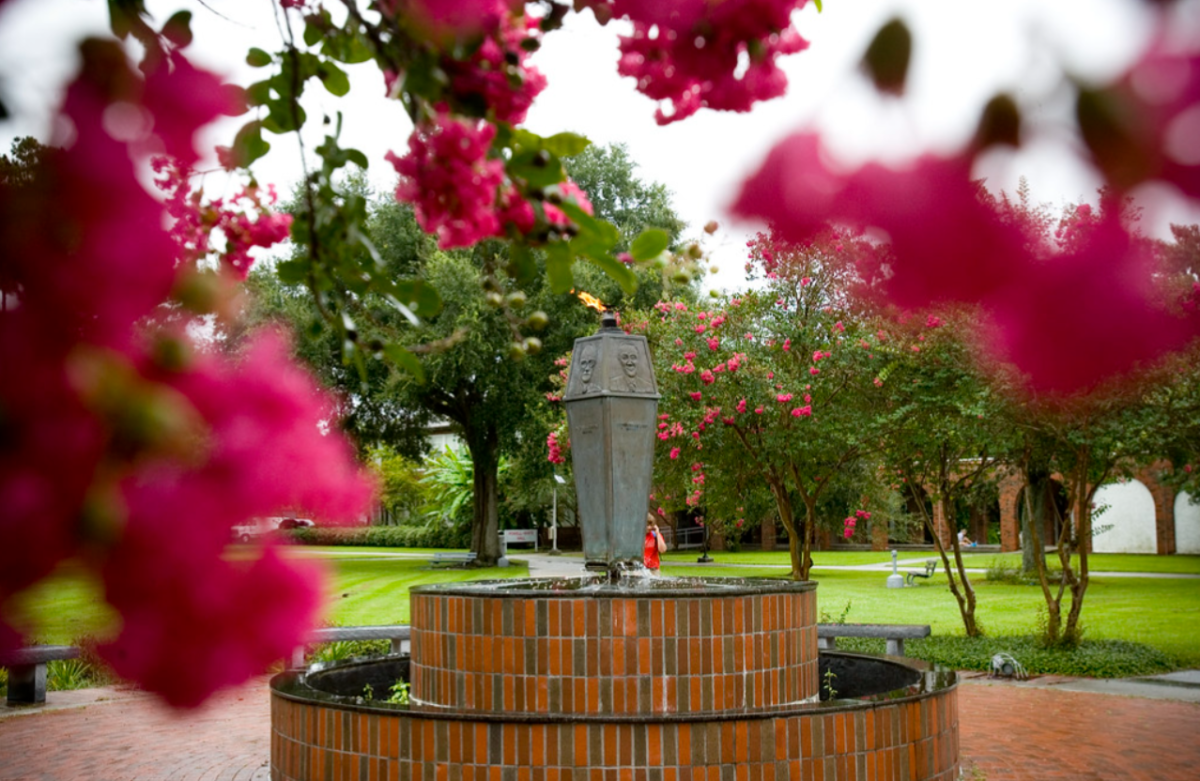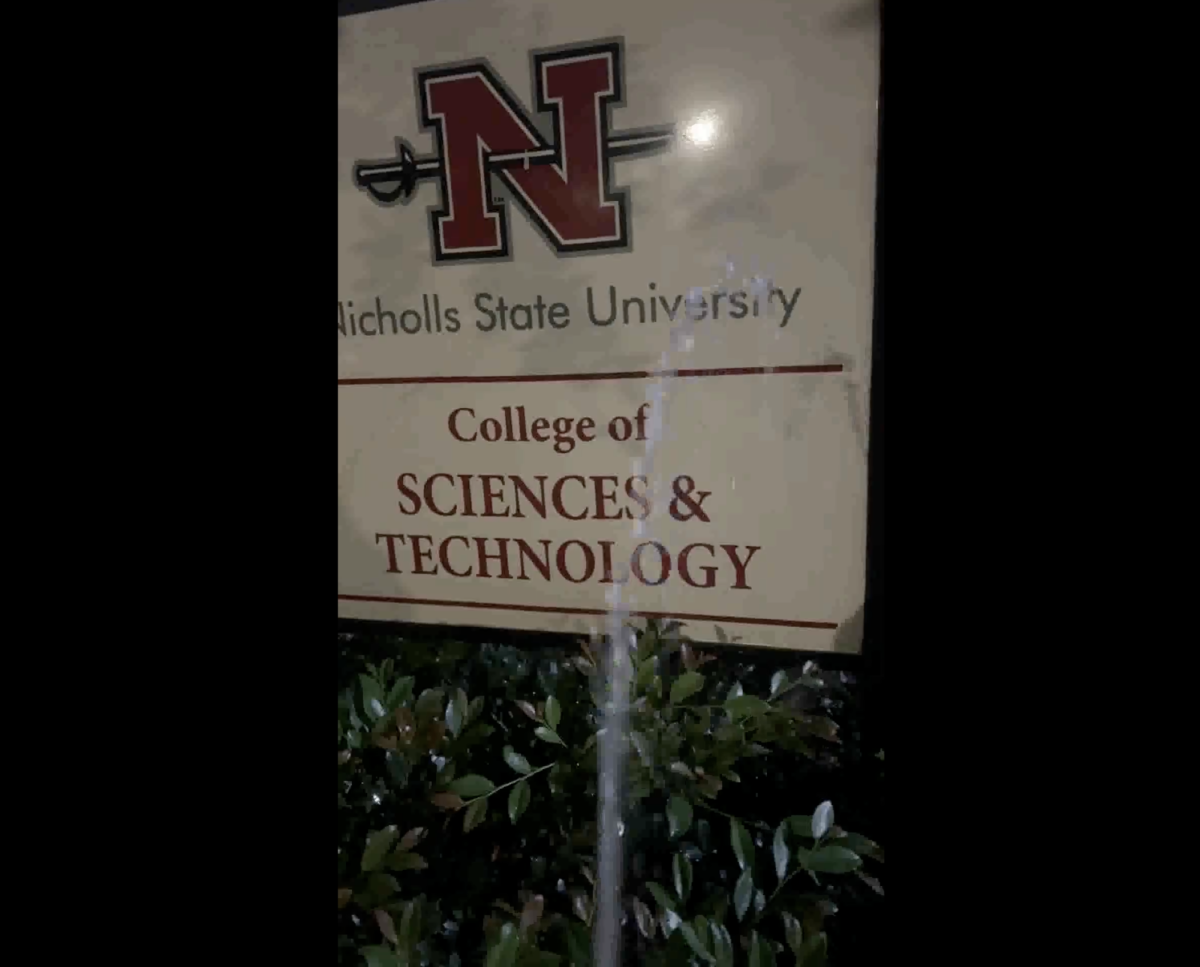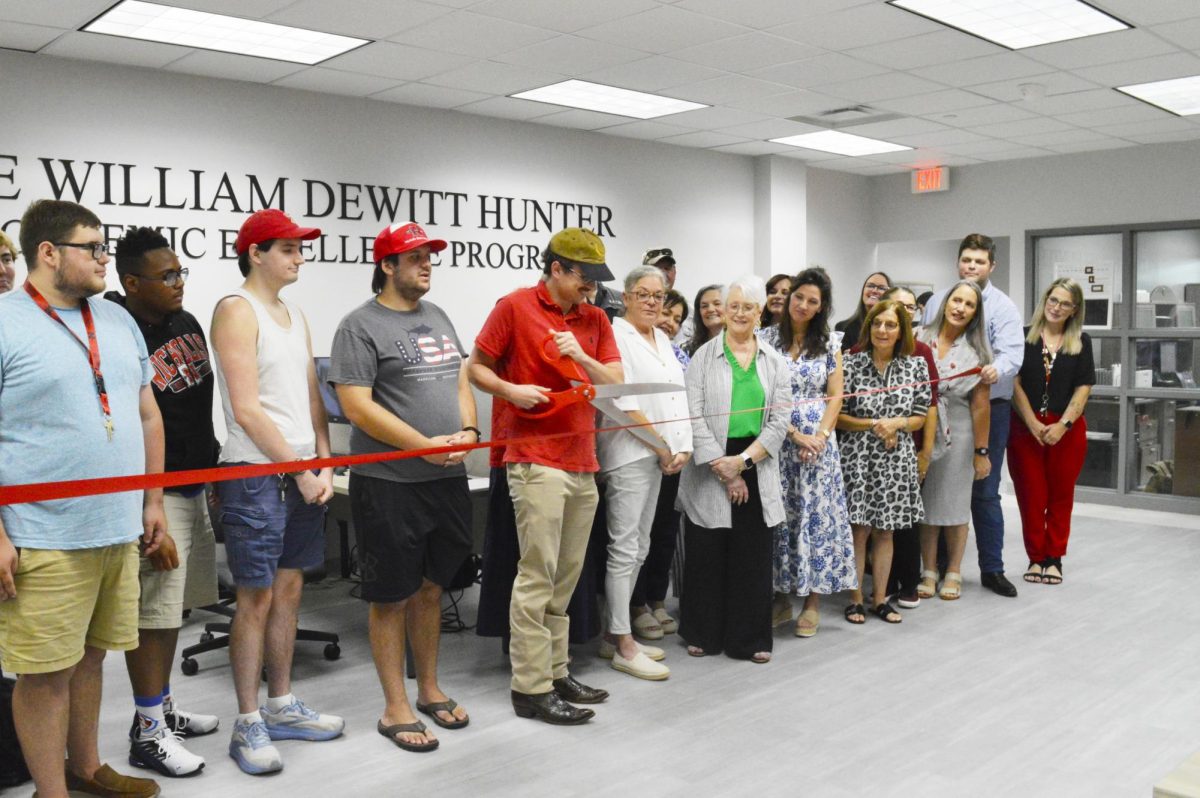Three professors at Nicholls decided to find an alternative to burning sugar cane fields in the area to eliminate waste products in the fall of 1999. Without any funding, Dr. Ramaraj Boopathy, assistant professor of biological sciences, Dr. Tim Beary, associate professor of biological sciences, and Paul Templet, associate professor of biological sciences, began their experiment, but in September of 2000 they received a $4,300 grant from the Nicholls State University Research Council.
“When I came here from Chicago, I saw all of the smoke all around,” Boopathy said.
He said he thought this practice seemed very unusual. When he asked around, he was told the smoke came from the decomposition from the leaf litter, waste from the sugar cane harvest.
Boopathy then got together with Beary and Templet to start research on an alternative process.
Boopathy and his associates tried to find a cheap byproduct of the sugarcane that could be used to help decompose the remaining leaf litter in the fields.
Before the process could be started, Boopathy said the leaf litter had to be removed from the top of the ridges, the row where the sugar cane is planted, to the floor, the area separating the rows.
They soon realized that molasses could also be used to aid them in the decomposition process. It is a plentiful source of sugar, nitrogen and vitamins, all items bacteria eat.
The molasses solution also increases the number of microorganisms in the soil of sugarcane fields, which helps break down the leaf litter left in the fields.
He said that instead of burning the leaf litter, it could be eliminated by placing a layer of topsoil over it and then spraying it with a dilute molasses solution. The molasses speeds the decomposition process, and puts natural fertilizers back into the ground.
“We found out that by using the molasses, it increases the fertility of the soil and it will be cheaper in the future for farmers to use our method,” he said.
Open-air burning is still practiced by many farmers, but Boopathy suggested that the composting process can be used in sensitive areas, such as schools and hospitals.
Although they have gotten the results they wanted in their two previous experiments, they have not tried it in an actual sugarcane field.
“We are going to do the experiment in field conditions, just to make sure we get the same scientific results like we did in the labs,” Boopathy said.








